Justine Triet’s “Anatomy of a Fall” (Original Title: Anatomie d’une chute) is a tour de force in every conceivable way. Many have touted it as one of 2023’s best, but I haven’t seen any other movie this year match its ability to engage the audience with opening arguments and manipulate said engagement through the presentation of evidence before arriving at such a powerful verdict. Through commanding performances and a pitch-perfect screenplay, the film goes far beyond the conventions of a courtroom drama, becoming imperative viewing and something truly unique.
The movie follows Sandra (Sandra Hüller), a successful novelist suspected of killing her husband Samuel (Samuel Theis), through the trial that follows her indictment and tries to answer the unanswerable: Is she guilty? This general premise is all you need to know going into the film, as the development of the trial and expertly manipulated exposition are vital in creating such a satisfying experience. Of course, the film deploys the beats of a typical courtroom procedural, but being so rooted in the domestic sphere makes it, first and foremost, a marital drama. Over the course of the film, we become less preoccupied with the question of Sandra’s guilt and more with understanding what precipitated the breakdown of her marriage.
It’s no surprise that Triet wrote the screenplay with her husband, Arthur Harari. Whilst “Anatomy of a Fall” is in no way biographical, the exploration of domestic anxieties and resentments feels particularly credible. Only a married couple could have so naturally constructed this unbiased portrait of a crumbling relationship. Vindicating the phrase, “Write what you know,” “Anatomy of a Fall” feels deeply personal.
The slow pace fosters a sense of intimacy, and Triet and Harari’s investigation of Sandra and Samuel’s life together feels universal because the script is grounded in personal experience. Because the narrative is framed by a trial, the information we, as spectators, are privy to is restricted throughout. Exposition is trickled out slowly, and by the end of the movie’s 152-minute runtime, we see that the showstopping, momentous scene between Sandra and Samuel is merely a microcosm of their relationship. Their failings, analyzed in the detail necessary for a trial, are presented carefully. Both party’s cases are argued persuasively because that is the nature of trials. The film’s ability to remain untainted by biases, aided by Triet’s masterful command of storytelling, is remarkable. Her direction furthers this.
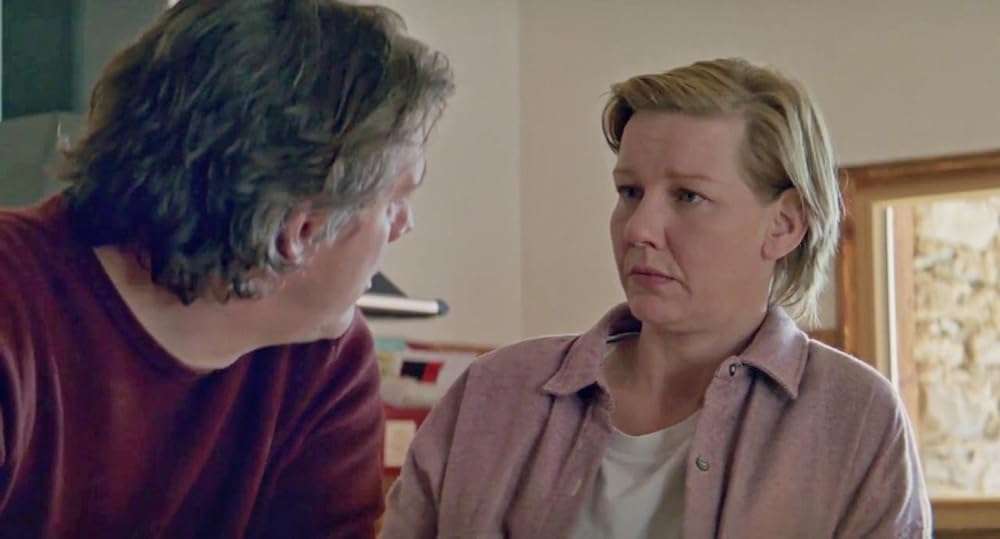
At times, the chalet is presented as a comforting environment. In others, the setting becomes cold and isolated. Similarly, in the courtroom, we are framed both passively and actively – passive in the sense that we naturally align ourselves with Sandra given our complex knowledge of how she functions as a person; active in that we are spectators of a trial and naturally possess a desire to know the truth. But the film subverts our fundamental conceptions of “truth.”
Given our access to Sandra’s private life and the public’s perception of her, we find our allegiance constantly shifting. The necessary divide between public and private spheres is shattered by the courtroom setting, as confidential aspects of Sandra’s life have suddenly become integral to unraveling the details of a very public crime. The media’s role in shaping our view of “truth” is criticized, as we see their preconceived notions that Sandra is a murderer are ill-informed. Yet, Sandra’s manipulation of truth, considering the inclusion of personal details in her novels, is also criticized.
As spectators, we are deliberately detached from the central question of guilt because of our access to a variety of “truths,” each more believable and honest than the last. Again, through the framing device, a trial regarding a domestic issue, the film’s thesis is clearly stated: Public and private lives should remain divided. Detrimentally to all involved, Sandra is on trial not for her public crimes but for her private ones.
The negative effects of blurring the binary opposition of public and private life are exemplified best by the character of Daniel (Milo Machado-Graner), Sandra’s son. Machado-Graner gifts us not only one of the best youth performances of the year, but some of its best acting overall. Partially blind, Daniel is physically incapable of discerning truth from falsehood. Though a child whose life should remain private, Daniel’s involvement in the case forces him to operate in a very public environment.
All eyes are, essentially, on him, and he indeed becomes a key factor in the film’s ambiguous conclusion. This, however, comes at a cost, as he must reassess his feelings toward his mother and father at far too young an age. The ending forces the audience to consider the psychologically damaged life he will lead beyond the film’s credits.
One would be remiss not to mention Sandra Hüller’s astonishing performance. Her character’s name is apt to the humanity she brings to the role. She isn’t Sandra Hüller; she is Sandra. Yet, the film succeeds on much more than its central performance. Never before has a film so deftly and actively toyed with the conventions of a courtroom drama to explore these themes with such richness. Triet’s Palme winner is startlingly self-aware and transforms before our eyes several times. Utterly absorbing and shockingly impactful, “Anatomy of a Fall” is the year’s best film.



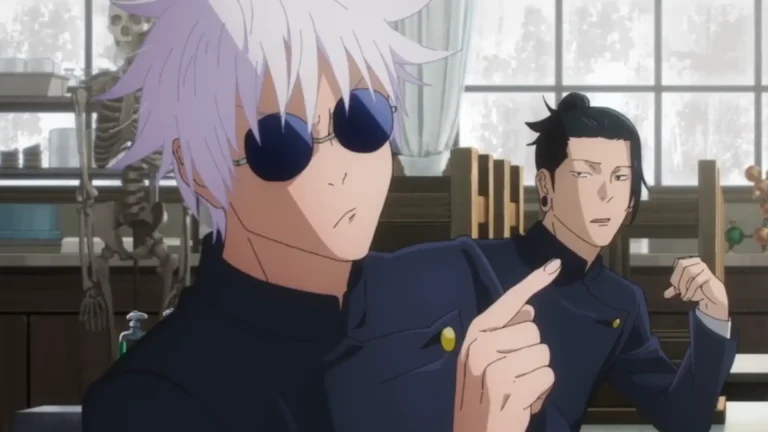
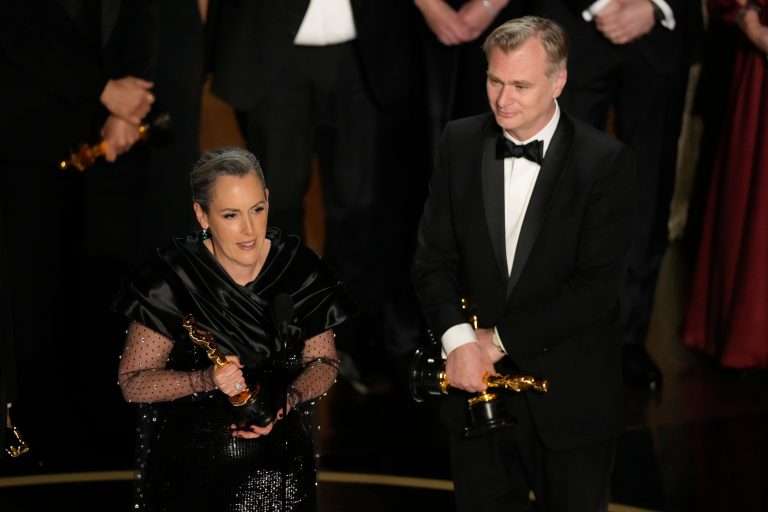
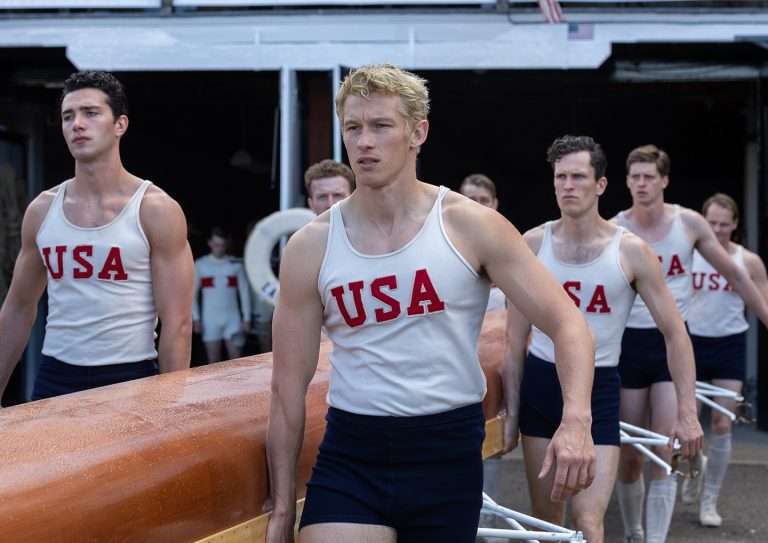
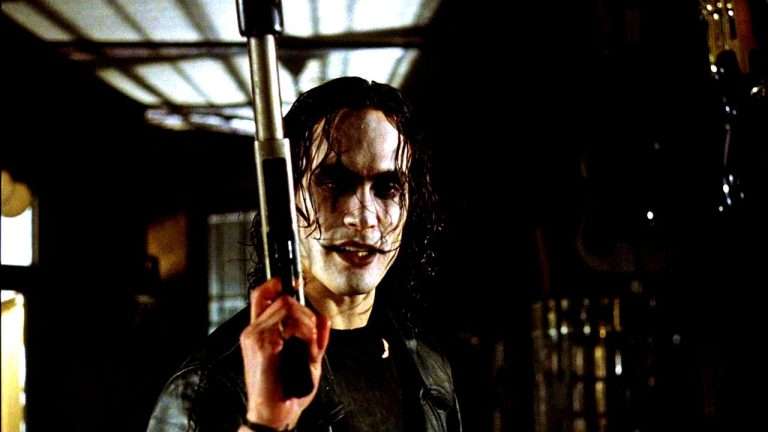
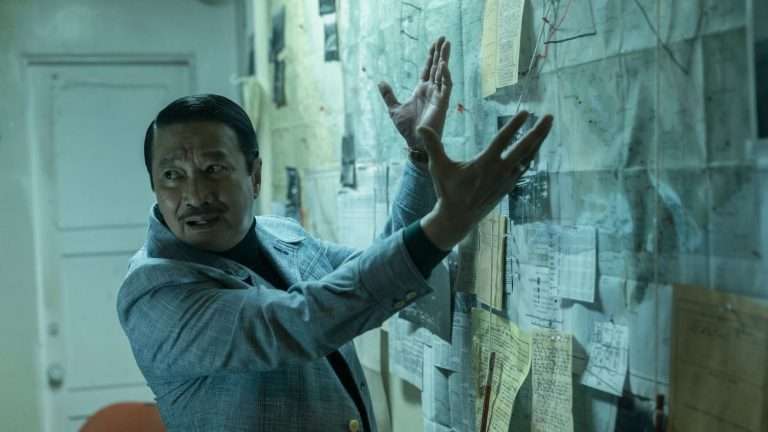
![Gantumoote [2019] Amazon Prime Review – Torn-away pages from the diary of a Kannada girl](https://79468c92.delivery.rocketcdn.me/wp-content/uploads/2020/10/Gantumoote-Movei-768x427.jpg)